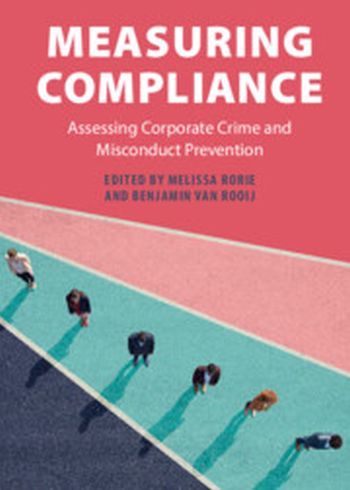
Compliance, or the behavioral response to legal rules, has become an important topic for academics and practitioners. A large body of work exists that describes different influences on business compliance, but a fundamental challenge remains: how to measure compliance or noncompliance behavior itself? Without proper measurement, it's impossible to evaluate existing management and regulatory enforcement practices. Measuring Compliance provides the first comprehensive overview of different approaches that are or could be used to measure compliance by business organizations. The book addresses the strengths and weaknesses of various methods and offers both academics and practitioners guidance on which measures are best for different purposes. In addition to understanding the importance of measuring compliance and its potential negative effects in a variety of contexts, readers will learn how to collect data to answer different questions in the compliance domain, and how to offer suggestions for improving compliance measurement.